Pour over brewing is changing: What do coffee shops need to know?
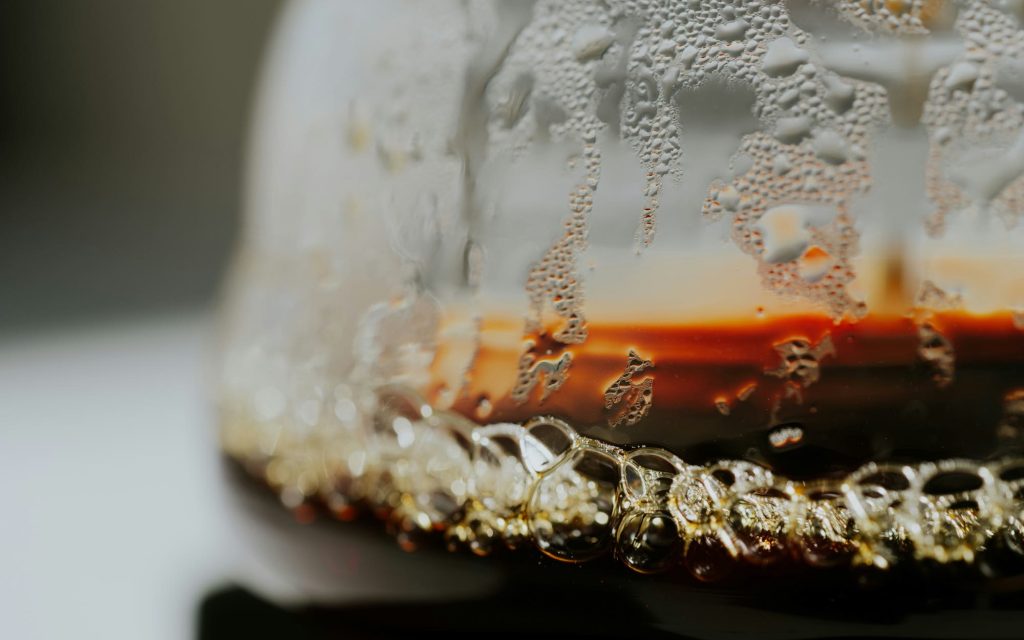
Specialty coffee is an ever-evolving industry. According to data from the National Coffee Association, the US’ consumption of specialty coffee hit a five-year high in 2022 – and has undoubtedly increased elsewhere in the world since.
In recent years, we have witnessed immense change across the board – even including how we prepare coffee. Manual brewing methods have been popular for some time now, but as the specialty coffee sector has grown, pour over coffee has become especially prominent.
With the launch of pioneering and beloved brewers like the Kalita Wave, the Chemex, and the Hario V60, the craft and art of brewing coffee became more important to consumers than ever before.
And still, there continues to be even more change. As the specialty coffee industry embraces automation, more and more coffee shops and roasters are turning to technology to improve both the consistency and quality of their products.
One of these more noticeable shifts is the growing use of automated pour over brewers – which is undoubtedly changing how coffee shops need to operate.
To find out more, I spoke to John Smethurst, a trainer at North Star Coffee Roasters in Leeds.
You may also like our article on how cold coffee beverages are changing.
Pour over coffee: An ongoing evolution
For centuries, people the world over have been making filter coffee in various different ways. It was only until the turn of the 20th century, however, that pour over brewing was invented.
Dissatisfied with percolator brewing, German Amalie Auguste Melitta Bentz developed the first-ever pour over brewer prototype – simply by punching some small holes in a brass pot and using blotting paper as a filter.
In 1908, Bentz filed a patent for paper filters, and the Melitta brand was established. A few decades later and the company launched its cone-shaped manual brewer – the first-ever commercially-available pour over brewer.
Since then, many other brands have followed in Melitta’s footsteps. These include:
German chemist Peter Schlumbohm, who invented the iconic Chemex in 1941
Japanese company Hario, which launched the pioneering V60 in 2004
Another Japanese brand – Kalita Co – which has been manufacturing coffee equipment since the 1960s. Its flat-bottom Kalita Wave brewer launched in 2010
Moreover, in the past few years alone, we have seen an even more diverse range of pour over brewers on the market – such as the Origami, Graycano, and GINA. Whether it’s their aesthetic design or focus on improving extraction efficiency, these new innovative brewers are quickly gaining the interest of both consumers and industry professionals.
Why are pour overs so popular?
As the specialty coffee market has grown over the past two decades, so too has the focus on coffee quality – and pour over brewing has been a big part of this.
In addition to buying higher-quality beans to improve the customer experience and better showcase terroir, roasters and coffee shops also want to exert as much control over the extraction process itself. Whether it’s espresso or filter, tightly managing and tweaking different brewing variables means consumers are able to experience the most desirable characteristics of a particular coffee. In turn, consumer loyalty and trust increases, and coffee businesses are much more likely to be successful.
Many baristas – and even consumers – are drawn to the immersive experience of manual pour over brewing. With greater care and a higher level of attention to detail required, these brewing methods have instilled a sense of appreciation for the craft of specialty coffee.
Simultaneously, with such a big focus on controlling extraction as much as possible, pour over brewing has also become something of an exact science.
“The industry as a whole has certainly become more and more scientifically driven in its pursuit to brew better pour over coffee,” John tells me. “Baristas and coffee professionals are influenced by the likes of leading figures like Jonathan Gagné and Samo Smrke, to name a few.”
Not only has this deepened specialty coffee’s understanding of how different variables impact extraction, it has also encouraged more experimentation – pushing quality even further.
“We want to obtain greater control over numerous brewing parameters and variables to extract the more desirable attributes of a particular coffee,” John adds.
Automation is continuing to shaping the future of pour over brewing
An overall growing appreciation of the skills required for manual pour over brewing has undoubtedly benefited specialty coffee. But as automation becomes a bigger and bigger part of the industry, we can’t ignore its influence on pour over coffee.
Naturally, manual pour over methods are prone to human error. What’s more, with different baristas preparing drinks in a café, there will inevitably be some inconsistencies in beverage quality – despite how well trained staff may be.
To address these issues, automation is becoming an integral part of pour over brewing. Today, walk into any coffee shop or roastery, and you are likely to find many automated pieces of equipment for roasting or brewing coffee.
“Taking a more automated approach to brewing in particular can place more emphasis on maintaining and improving the quality of both coffee and water,” John explains. “It also allows baristas to focus more on different variables, such as grind size and coffee-to-water ratio.”
The rise of automated pour over brewers
Although manual pour over brewing methods are still popular, more and more coffee shop owners and baristas are turning to automated options – which can brew both single servings and larger batches of coffee.
John tells me one of these automated systems is the Marco SP9, which allows for more precise control over extraction variables, including brew time, temperature, and water dispersion.
“By eliminating gradual temperature fluctuations – which you can often experience when using gooseneck kettles which don’t have either a temperature control or hold function – it’s one less variable to worry about,” he says.
Moreover, he adds that the SP9’s undercounter boiler maintains a more consistent brewing temperature by continuously circulating water between the top chamber and the boiler.
“The Marco SP9 brewer uses pulse pour control to dispense water over the coffee bed,” John tells me. “The brewer includes nine evenly-spaced and distributed spouts for different pulse cycles. These are calculated according to adjustments made to either the total yield weight or extraction time.”
He further explains that the higher number of pulses and shorter distance between the spouts and slurry helps to increase the contact time between the ground coffee and water – and thereby increases extraction. In turn, baristas can grind coarser (which can mean less coffee used, and therefore less waste) and improve flavour profile clarity.
In addition to regulating brew temperature and water dispersion, automating as many extraction variables as possible gives baristas more freedom to focus their time and attention elsewhere – especially towards providing excellent customer service.
So what do coffee shops need to know?
Many industry professionals and consumers would agree that automation is the future of the coffee industry, including pour over brewing. Based on research from World Coffee Portal, one-third of UK consumers would be open to a fully-automated coffee shop experience with no human interaction at all.
While this doesn’t mean the end of baristas in cafés, it clearly shows that businesses need to incorporate automation into their operations – and automated pour over brewers is one of the most logical steps.
And as consumers become more and more educated about specialty coffee, demand for and interest in pour overs is likely to keep rising. So if coffee shop owners and baristas want to maintain their quality standards, investing in automated brewing solutions will become even more essential.
It’s not just about improving beverage quality, however. There are a number of benefits to leveraging the power of automation.
“Automation is one of the few ways that you can offer a range of pour overs on your menu while also freeing up more time for your team of baristas,” John says. “This means you can potentially avoid turning away customers during peak service periods, and provide even better service.”
For many coffee businesses, this can lead to higher customer and staff satisfaction, better efficiency and workflow, and more streamlined operations.
Knowing how to best implement automated brewing systems
But that doesn’t mean there aren’t important considerations for coffee shop owners to bear in mind. For instance, ongoing staff training on how to use automated brewing systems properly and efficiently is critical – especially when dialling in new coffees.
Moreover, the flavour profile of coffees will inherently change over time, so different variables such as grind size and brew temperature may need to be adjusted accordingly.
In short, to operate automated pour over brewers as effectively as possible, you need highly trained and intuitive baristas,
“Systems like the Marco SP9 can be easily used by baristas of different abilities, while also going beyond the limited functions or capabilities of larger batch brewers,” John says.
The future of pour over is undeniably linked to automation. By embracing technology, coffee shops can deliver a more consistent and high-quality coffee experience, all while increasing staff efficiency and productivity.
It’s not simply about just relying on automated solutions to do all the work, however. To get the best results, coffee shops need to know how to work in harmony with their automated brewers – and streamline operations as much as possible.
Enjoyed this? Then read our article on how coffee shops can use automation to improve extraction.
Photo credits: Marco Beverage Systems
Perfect Daily Grind
Please note: Marco Beverage Systems is a sponsor of Perfect Daily Grind.
Want to read more articles like this? Sign up for our newsletter!
The post Pour over brewing is changing: What do coffee shops need to know? appeared first on Perfect Daily Grind.
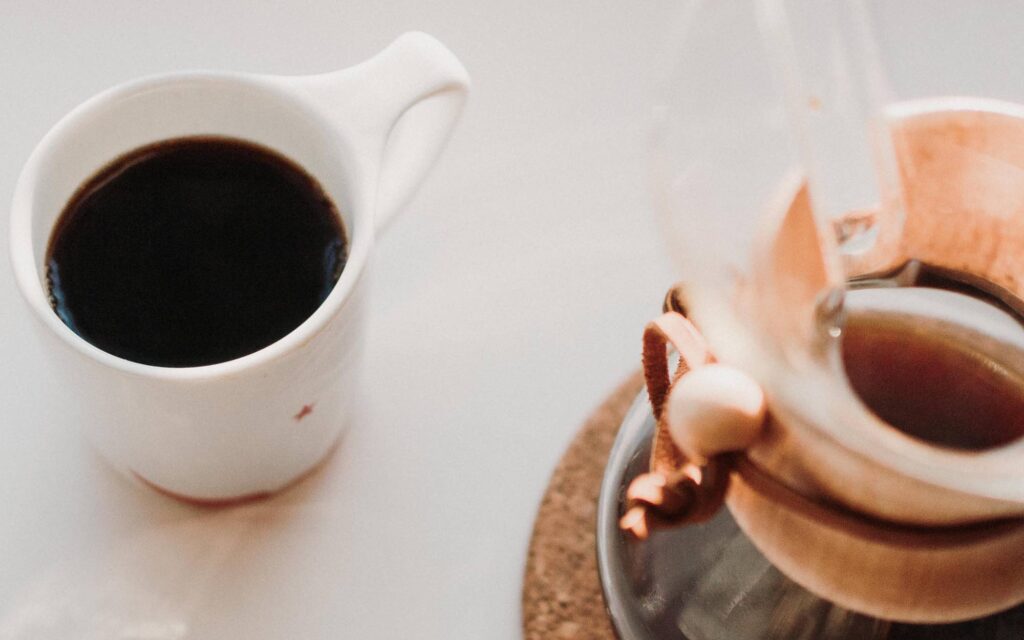
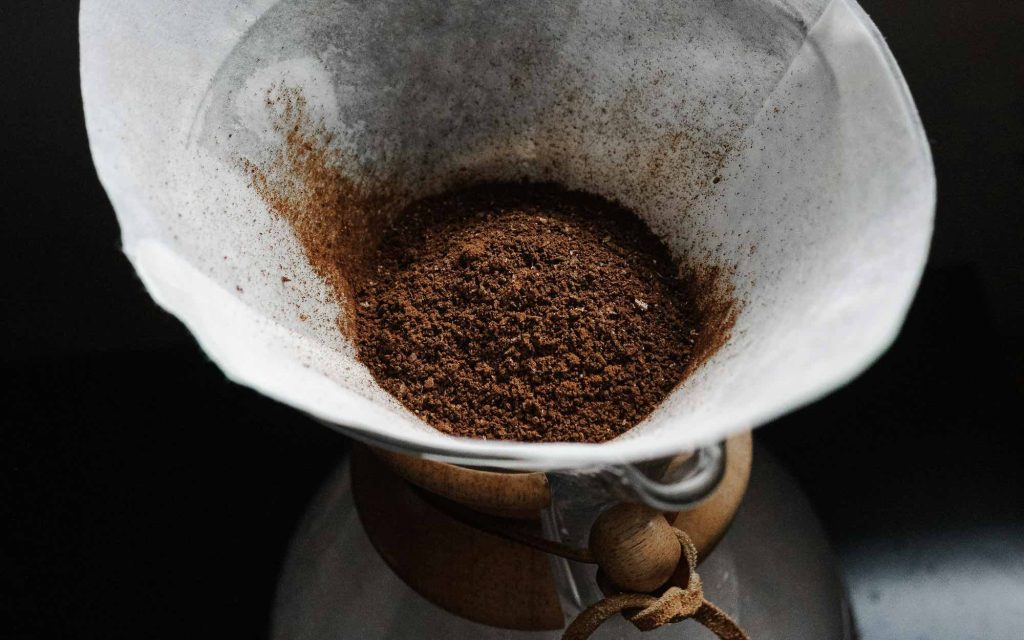
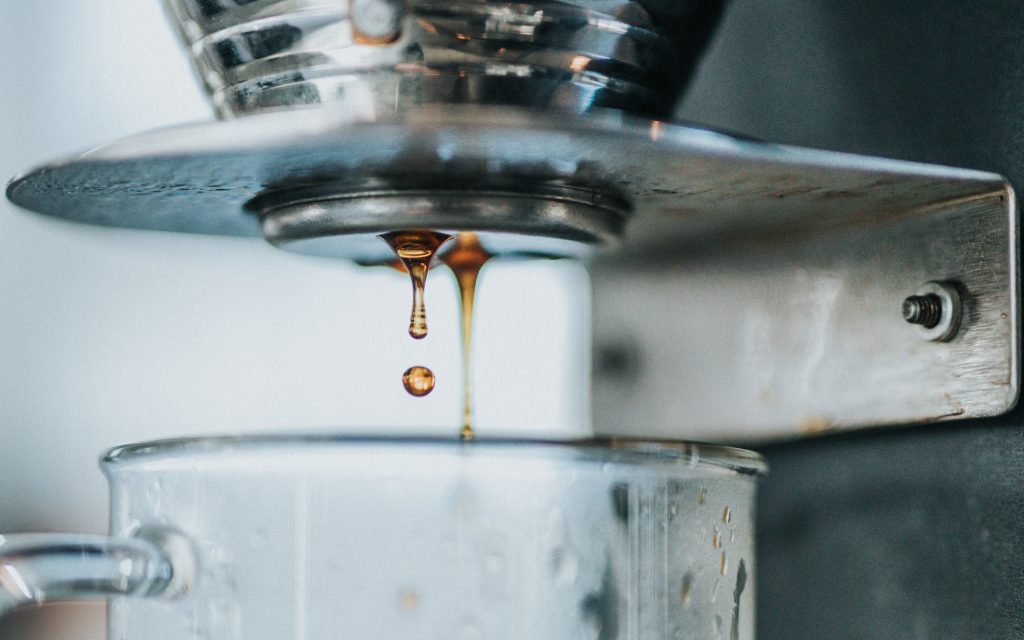

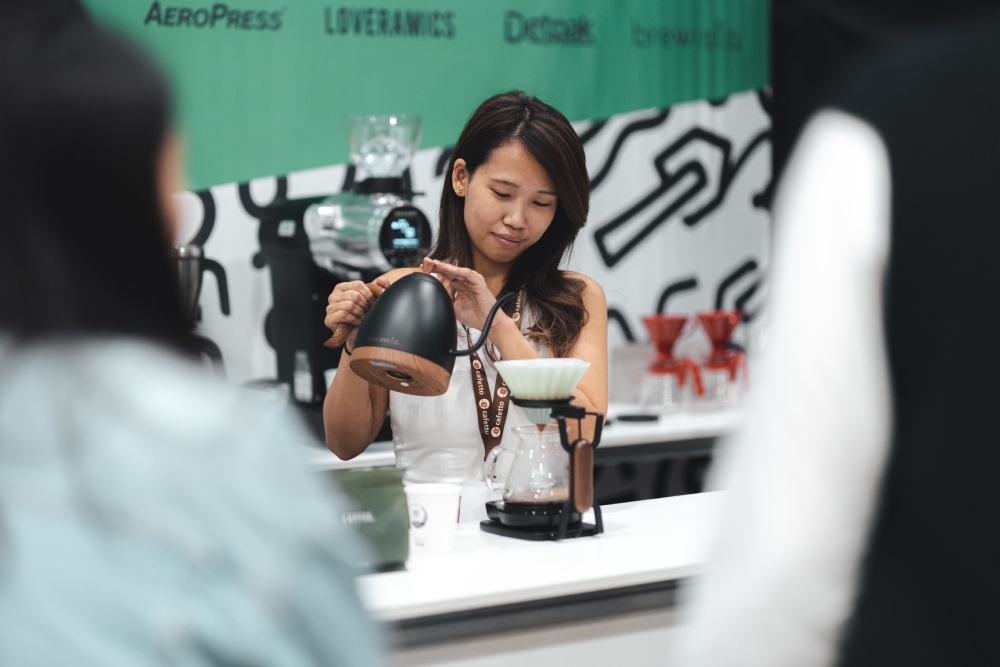
Responses